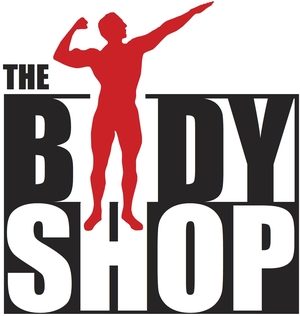Maybe you read this title and thought…no way, not me. I’ll never be able to do pull-ups.
The truth is, both men and women struggle with pull-ups…so regardless of your gender, keep reading. We are going to cover a variety of different pull-up regressions, (slightly easier modifications), like training wheels, that will help get you to the promise land – even if you cannot do a pull-up YET.
What makes pull-ups both a wonderful and a challenging exercise is that your success relies on a lot of different muscles to be strong enough to support your own body weight—a true measure of your health and fitness level. In other words, to be successful at pull-ups, you typically need to have a healthy body weight.
There are two common issues that prevent people from excelling at pull-ups:
1. An imbalance when it comes to the strength of their push muscles (chest) compared to the strength of their pull muscles (back) -- push muscles tend to get more attention and become stronger than our pull muscles. This can create unhealthy posture and poor shoulder health.
2. Tendency to avoid pull-ups or pull-up related exercises because we write them off as being too hard for us and...we would all rather do exercises we are good at.
Let’s get working on our weaknesses. Strengthening your Pull-up muscles will do a couple things for you:
· Increase healthy posture (by strengthening upper back)
· Increase your grip strength
· Improve functional strength (activities of daily life)
· Create attractive upper body muscles
· Improve trunk/ core stability
· Make your squat and your deadlift stronger
· Make you feel like a total bad ass
Remember Rome was not built in a day, so depending on your starting point you may take longer to progress to the more challenging variations. Enjoy the process of feeling and watching your upper body muscle grow and increase in strength.
Here are two great exercises to start with...
1) Horizontal TRX Rows
TRX Straps are great for teaching the basics of the pull-up because this position trains a very similar pattern to the pull-up from starting point to lock out.
Here are some cues to make sure your rows are perfect:
“Shoulders back and down” – we do not want them creeping up toward your ears.
“Maintain a plank position” – we want to maintain a neutral spine and not lead with the hips or let the butt sag.
The PROGRESSION = Walk feet toward where the TRX is anchored, creating more inversion.
2) Static Holds (Chin Above The Bar)
These really help build the foundational strength for a pull-up. The isometric (static) hold helps you discover which muscles you should be using every time you do a pull-up—your upper back, core, biceps should be LIT UP.
How to:
Get your chin above the bar—bar across your chest
Actively retract your shoulders—squeezing them hard back and down
Start with 5 seconds and see how you do—find a length of time that you can do for 3 sets without totally losing your form. Every week add 1 or 2 seconds each set. Work up to a 20 to 30 second hold.
Stay tuned for Part 2 of Get Pull-Up Strong!



